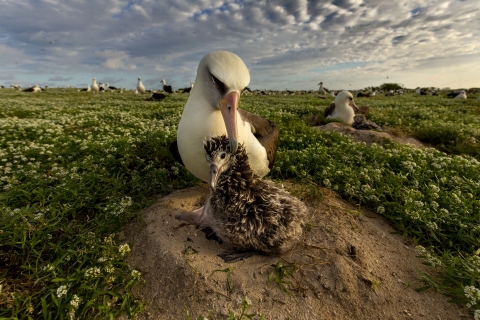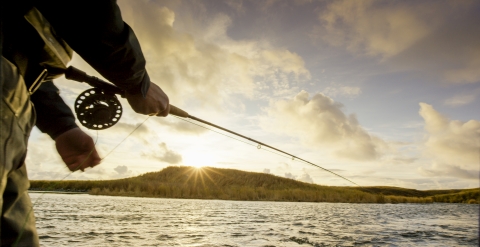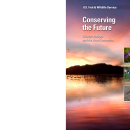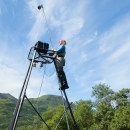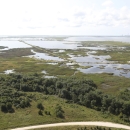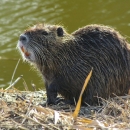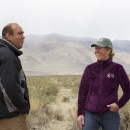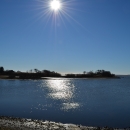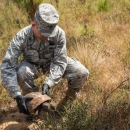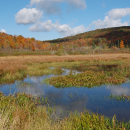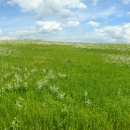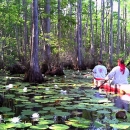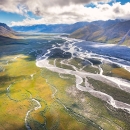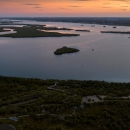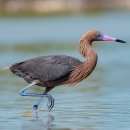What We Do
Public Lands and Waters Conservation
Founded by President Theodore Roosevelt in 1903 and administered by the U.S. Fish and Wildlife Service, the National Wildlife Refuge System is a diverse network of lands and waters dedicated to conserving America’s rich fish and wildlife heritage.
This network protects some of the country’s most iconic ecosystems and the fish and wildlife that rely on them: prairies of the heartland, teeming with native pollinators and bison; hardwood forests of the Southeast, a source of regional and cultural pride; desert Southwest landscapes, home to vibrant and rare plant communities that draw new life during the summer monsoon season. The Refuge System also conserves waterways that give life to all of them — critical ecosystems along rivers, streams, wetlands, coasts and marine areas.
By the Numbers
- 96 million land acres
- 760 million marine acres
- 50 states
- 5 U.S. territories
- More than 570 national wildlife refuges
- 38 wetland management districts
- 5 marine national monuments
- 63 refuges with wilderness areas
- 1,000+ miles of wild and scenic rivers
Great Recreation
Opportunities for outdoor recreation draw millions of people each year to national wildlife refuges, boosting local economies. Many visitors take part in heritage sports such as hunting and fishing. Others enjoy hiking, paddling, wildlife viewing or nature photography. All these activities offer visitors a chance to unplug from the stresses of modern life and reconnect with their natural surroundings.
By the Numbers
- 67.03 million annual visits
- 42.17 million birders and wildlife observers
- 2.15 million nature program attendees
- 2.63 million annual hunting visits
- 8.61 million annual fishing visits
- 2,100 miles of public walking trails and boardwalks
Community-Driven Wildlife Conservation
There is no one-size-fits-all solution to fish and wildlife conservation. National Wildlife Refuge System teams work to understand individual conservation issues as they affect the interests of local communities and groups. Then they customize approaches to address these needs to help fish, wildlife and people.
By the Numbers
- 15,301 volunteers
- 818,828 volunteer hours served
- 180 Friends groups
- 101 urban wildlife refuges
- 32 partnerships in cities
Management and Conservation
In 2010, the National Wildlife Refuge System embarked on journey to strategically and collaboratively address the mounting challenges faced in conserving America’s wild plants, fish, animals and their habitats in a rapidly changing world.
In 2011, after 18 months of study and public conversation about conservation and the future of the Refuge System, the U.S. Fish and Wildlife Service released a publication titled Conserving the Future: Wildlife Refuges and the Next Generation. Since then, Conserving the Future, which included 24 recommendations, has been the guiding vision for the Refuge System.
The primary goal of Conserving the Future is to use scientific excellence at a broad, landscape scale for the benefit of a diverse American public while nurturing the next generation of conservation leaders.
Our Programs
Conserving the nation’s wildlife and wildlife habitat demands expertise in many specialized fields. The National Wildlife Refuge System counts on its experts to help inform management decisions and policy.
Our Services
The National Wildlife Refuge System provides a number of services to different user groups.
Our Laws and Regulations
Key legislation that guides the establishment and management of refuges:

